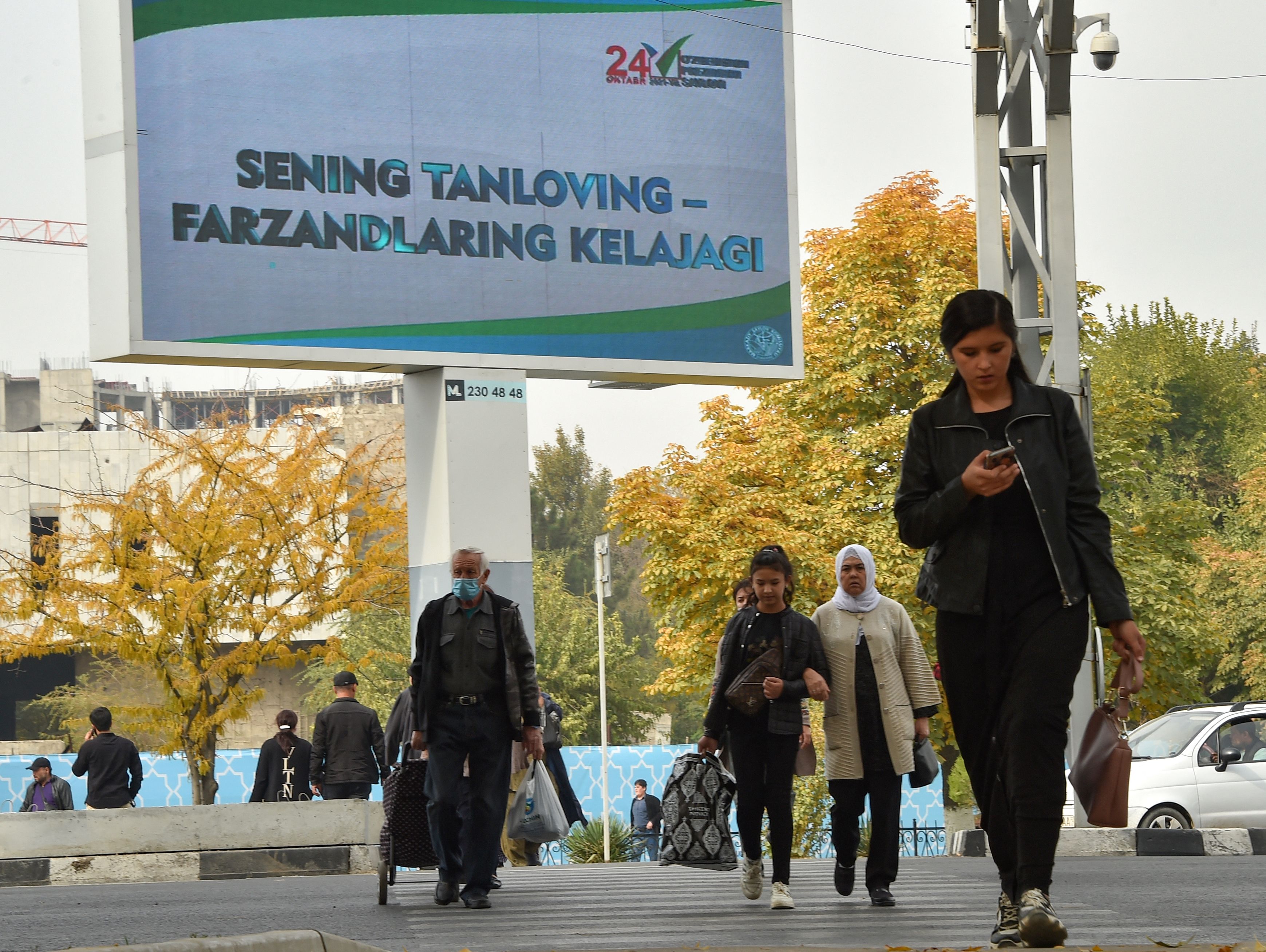LONDON — Draped in a crisp white kimono and a translucent veil, Madama Butterfly kneels beside an American officer as they wed in a religious ceremony. The priest celebrates their nuptials while guests dressed in traditional Japanese robes look on.
At first glance, there’s nothing conspicuously different about the Royal Opera House’s revival of its 2002 production of Puccini’s “Madama Butterfly.” Yet it’s the result of a year of consultations with academics, practitioners and professionals to strip away any hint of cliché or caricature.
Concretely, this has meant removing “the extremely white makeup” that the performers previously wore. By the early 20th century, the period in which “Madama Butterfly” is set, “nobody was wearing white makeup on the street,” said Sonoko Kamimura, an expert in Japanese movement and design who was hired by the Royal Opera to update the production.
Ms. Kamimura worked to get rid of other anachronistic elements, such as wigs, samurai-style coiffures and costumes.
“I really like this opera, because the music is beautiful. But then I would also say it is stereotypical,” she said, adding that the Royal Opera House had found a way around the issue. “Rather than cancel the show,” she said, the house had organized “a dialogue” around it that she was “really glad to be a part of.”
Since its world premiere in 1904 at La Scala in Milan, “Madama Butterfly” has been a staple of theaters around the world. First performed at Covent Garden in 1905, it’s the ninth most programmed work at the Royal Opera House, having been performed more than 400 times.
Its portrayal of a lovelorn 15-year-old geisha, who is impregnated and abandoned by an American lieutenant, has become increasingly problematic in the 21st century, particularly to audiences of Asian heritage. Institutions such as the Royal Opera House and Boston Lyric Opera are working hard to bring it up-to-date, in every sense of the word.
“We’re all very conscious these days that opera and race have had a complicated relationship and history,” said Oliver Mears, the director of opera at the Royal Opera House. “There is always a risk, when a Western opera house is portraying a different culture, that it can make missteps, and that the level of authenticity is not quite as high as it could be.”
Mr. Mears said that there was “certainly a huge amount of nervousness on the part of fellow opera companies in mounting this opera at all in the current moment,” and that many were canceling or shelving their “Madama Butterfly” productions “because it feels like it’s too dangerous to go there.”
“We think that’s a huge shame, because ‘Madama Butterfly’ is a masterpiece,” he said. “We would much rather be in dialogue with these pieces rather than canceling them.”
A similar revision has been taking place across the Atlantic at Boston Lyric Opera. The consultations there, known as the Butterfly Process, will lead to a production of the opera in the fall of 2023 on the Boston Lyric stage.
BLO was initially set to perform “Madama Butterfly” in the fall of 2020, but the pandemic delayed it for a year. In that time, “there were incidents of heightened racism and violence toward Asian communities across the country,” Bradley Vernatter, acting general and artistic director of BLO, said in an email. After conversations with artists and staff members, the production was postponed further, because it was “critical to re-examine the modern context before presenting the work,” Mr. Vernatter said.
He noted that operas weren’t “static museum pieces,” and that shifts in society and politics affected audience reactions to operas. At the Metropolitan Opera in New York, for example, “Madama Butterfly” was performed almost every season between 1907 and 1941. After the bombing of Pearl Harbor, the work stayed off the Met stage until 1946.
Mr. Vernatter explained that Puccini had never set foot in Japan when he saw David Belasco’s one-act play “Madame Butterfly: A Tragedy of Japan” and decided to write an operatic version. To research Japanese music, he attended a touring Kabuki show in Milan and asked the wife of the Japanese ambassador to Italy to sing him Japanese folk songs. Because of Puccini’s unfamiliarity with the culture, “the Japanese characters in his opera come off as caricatures,” Mr. Vernatter said.
Revising operas to reflect contemporary times can have its own pitfalls. In the fall of 2019, the Canadian Opera Company in Toronto put on an updated performance of another Puccini opera, “Turandot,” about a Chinese princess who murders her suitors.
One of the three main characters — whose names in the original libretto are Ping, Pang and Pong — was played by a Taiwanese American tenor whose daughter Katherine Hu later wrote an opinion article in The New York Times. To tone down the caricature, the director renamed the characters Jim, Bob and Bill.
“But the characters continued to play into stereotypes of effeminate Asian men as they pranced around onstage, giggling at one another,” Ms. Hu wrote in the article. “Alterations like these have become part of a broader trend as opera clumsily reckons with its racist and sexist past.”
“To survive, opera has to confront the depth of its racism and sexism point-blank, treating classic operas as historical artifacts instead of dynamic cultural productions,” she wrote. “Opera directors should approach the production of these classics as museum curators and professors — educating audiences about historical context and making stereotypes visible.”
Both the Royal Opera House and Boston Lyric Opera chiefs said that was exactly what they wanted to do.
“The goal here is for everyone to participate in an art form that hasn’t traditionally been inclusive, and to strengthen our communities and audiences through the music and stories we present,” Mr. Vernatter said. “I believe we can do it by engaging with and listening to people of many backgrounds and life experiences, and incorporating that into our work.”





















Discussion about this post